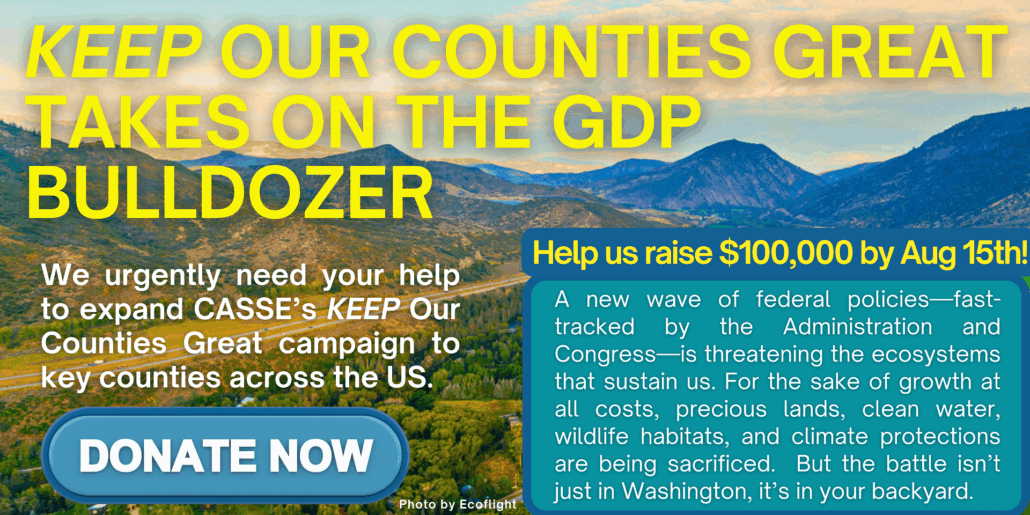Labour’s Military Spending Undermines Climate Goals
by Darryl Rigby
As Edwin Starr once sang: “War, what is it good for?” If we’re to believe the United Kingdom’s Labour Party government, it’s good for boosting GDP and protecting your population from the existential threat of Russia.
But one thing increased militarisation most certainly isn’t good for is the environment. Prime Minister Keir Starmer recently announced his plan to steadily increase the defence budget over the next decade.
